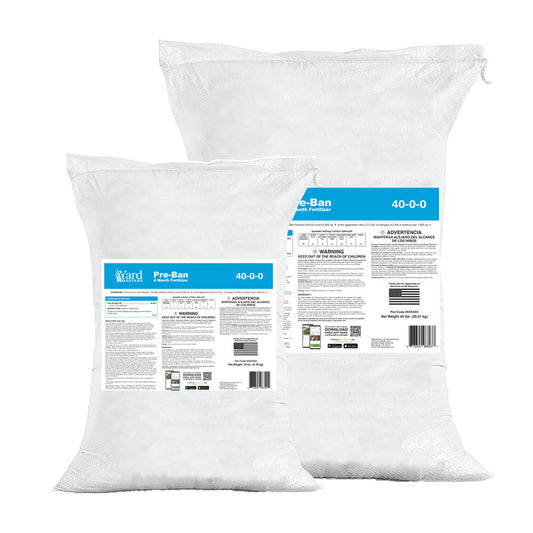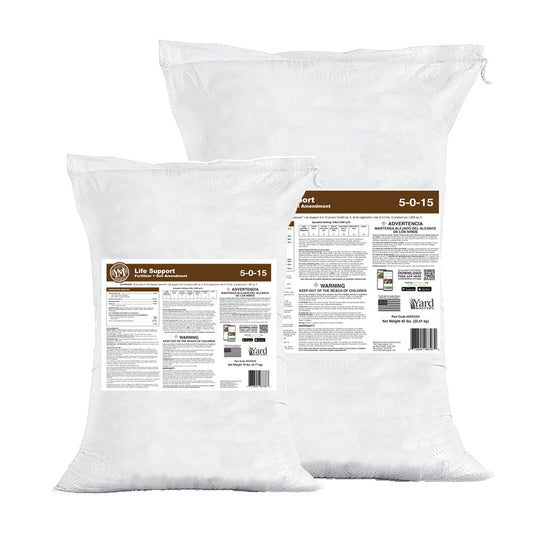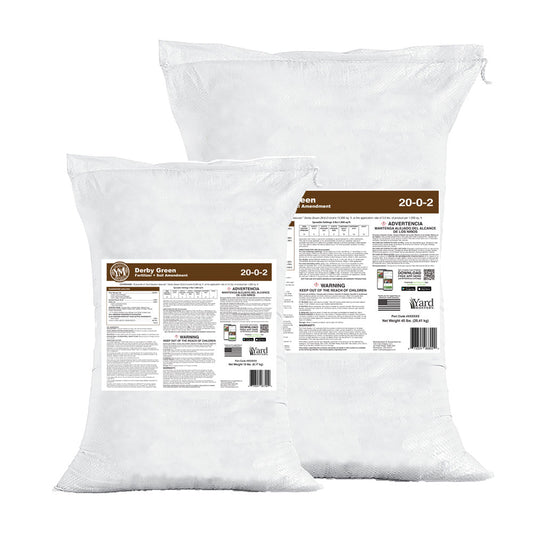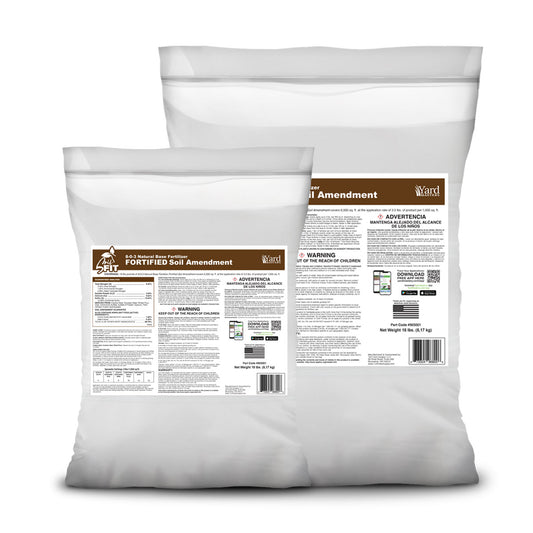Hey Y’all, hope your week is off to a successful start and lawn care is a part of it!
Last weekend I posted an important video talking all about spring fertilizer and how much to throw down and when.
If you have not seen that video, I highly recommend you view it starting here:
Another important part of that video is that I took some fertilizer and showed you how to apply it with confidence.
That is important because too many times this year I’ve had people contact me saying “I put the entire bag of fert in my hopper and it was all gone when I was only half done applying!”
So this video (time-stamped to the exact spot) shows you how to apply starting in a small area to make sure your spreader matches the suggested spreader settings on the bag.
Key word there is that the spreader settings are suggestions!
Now, onto a big question I have been getting lately - mostly related to cool season turf but I think all of you can benefit from the read…
Question:
“I read online that with cool season turf you are not supposed to push any nitrogen early in spring, what do you think?”
I get variations of this question all the time and it usually comes from folks with cool season turf. (Bluegrass, Ryegrass, Fescue)
Sometimes I also see it come in like “I was told not to fertilize the lawn until after May 1.”
Context is Key:
First realize, YOU my Lawn Care Nut friend, are not the average homeowner.
The fact that you took time to subscribe to this newsletter and open this email and read it sets you apart from 99% of homeowners across the US and Canada. I am not kidding.
Most people don’t like their lawns and hacking them down on Saturday afternoon is a chore, an annoyance, and once their kids turn age 12 they force them to do it. That’s reality.
Even the guys who take time to run a Scotts 4-Step don’t always necessarily enjoy lawn work - they do commit more to it, but that is just because they don’t want a crappy lawn - not because they actually love it and have passion for domination like we do.
Kudos to them BTW, but they ain’t us. (although many of them become us, eventually lol)
So when you are trying to get advice from multiple sources and you are new to lawn care, you often will lose the context.
So let’s use an example here from a source I have extreme respect for, Purdue University located in Indiana.
Here is their cool season grass calendar.
https://www.extension.purdue.edu/extmedia/ay/ay-27-w.pdf
Here is a more updated and specific recommendation:
https://www.extension.purdue.edu/extmedia/AY/AY-22-W.pdf
Things to consider:
They are not aimed at Lawn Care Nuts. It’s the context that matters and you have to understand that 99% of homeowners in America don’t even cut their lawns right. They barely notice them and consider them to be a necessary evil. Most homeowners seek “low maintenance landscapes.”
This is why I would just laugh every year when I worked for TruGreen and come right around May 1 we would get flooded (I mean FLOODED) with calls from people wanting all their dandelions killed right away.
These are people who grew up in NW Indiana and Illinois but for some reason, every May they just all of the sudden realized that dandelions look terrible in the lawn so they’d call us for that $29.95 intro application to kill them all.
Extremes like this were also heard: “If you can’t get out here tomorrow to spray these weeds, then I don’t want you here at all,” would come over the telephone lines on a Friday afternoon as some panicked homeowner realized she/he was having guests over on Sunday for a cookout.
I wish I’d recorded how many times I heard this, but for sure it was multiple times every season and just illustrates that most people don’t even look at their lawn until it screams back at them for help.
This is the perspective I have when it comes to most homeowners (not you guys) and how they look at lawn care and that is why Purdue recommends the program(s) they do.
You are elite and I write my programs for you - whereas Purdue writes theirs for the masses.
I have thousands of folks who send me pictures every month showing off how beautiful their lawns are on my program and I’ve been doing this for over 10 years online so it obviously works.
Here are a few from last week’s video showing just how awesome your lawn can look by putting in those early investments with fert right out of the gates:
As always, I hope this email has been helpful, and I’ll see you in the lawn!
-AL







